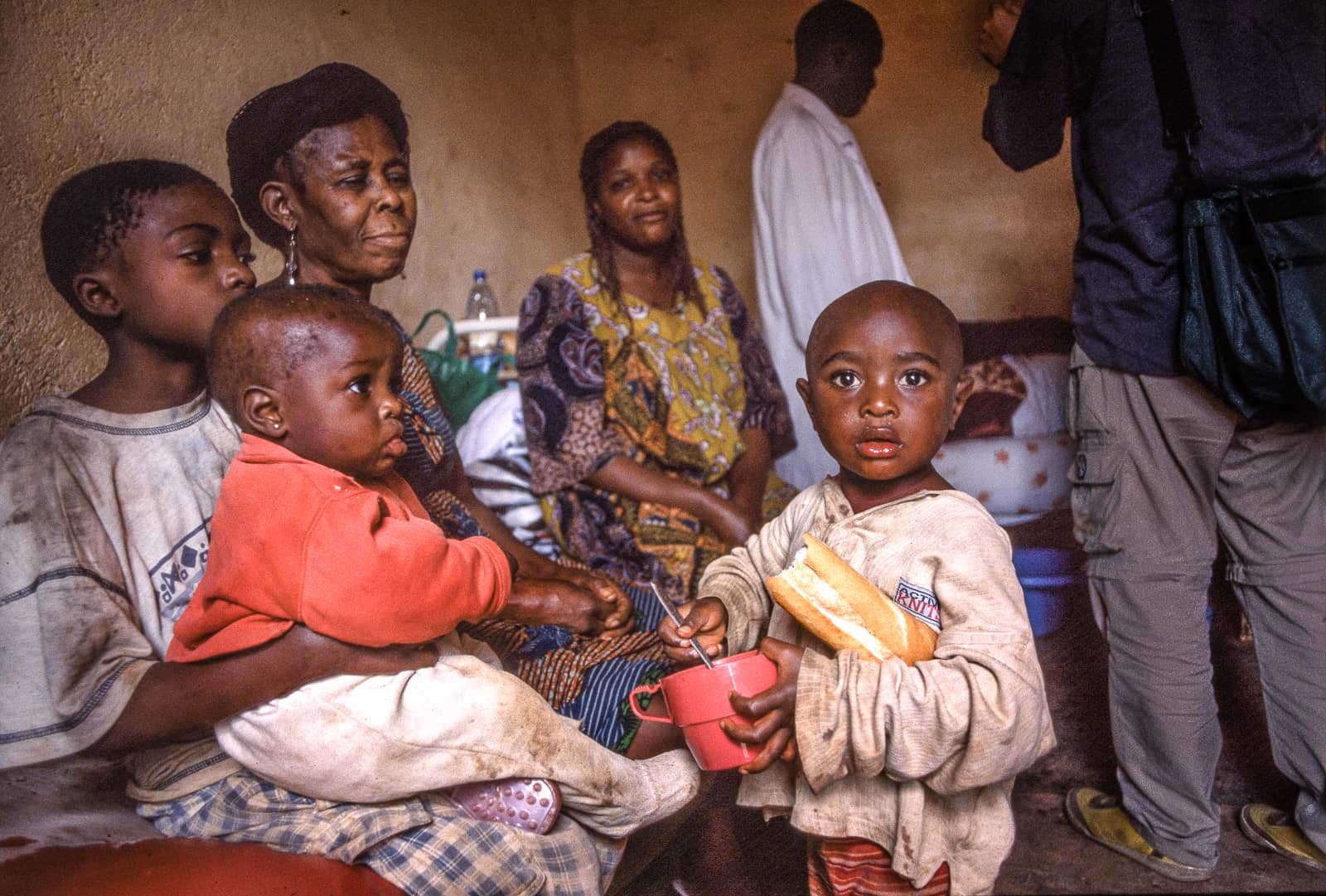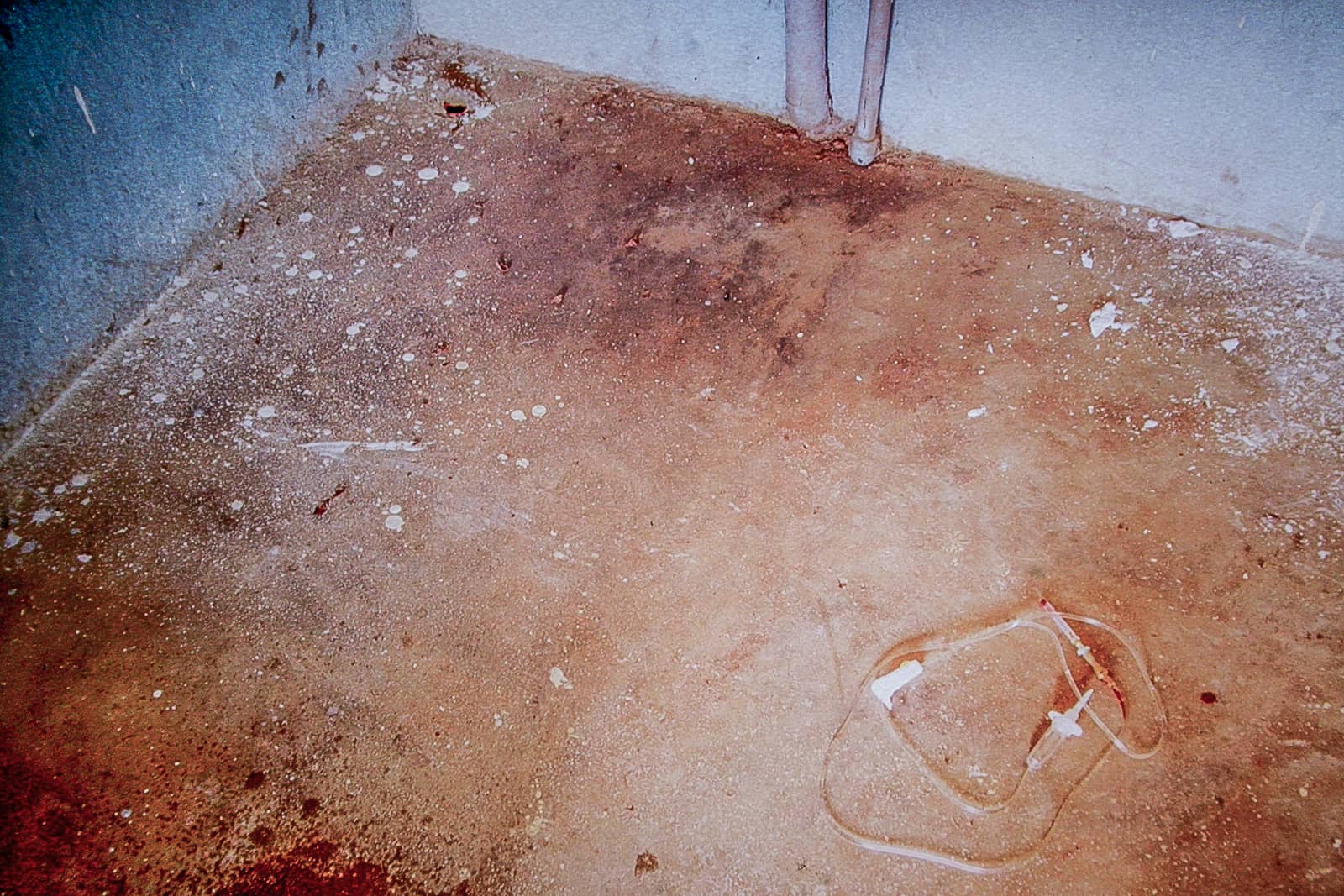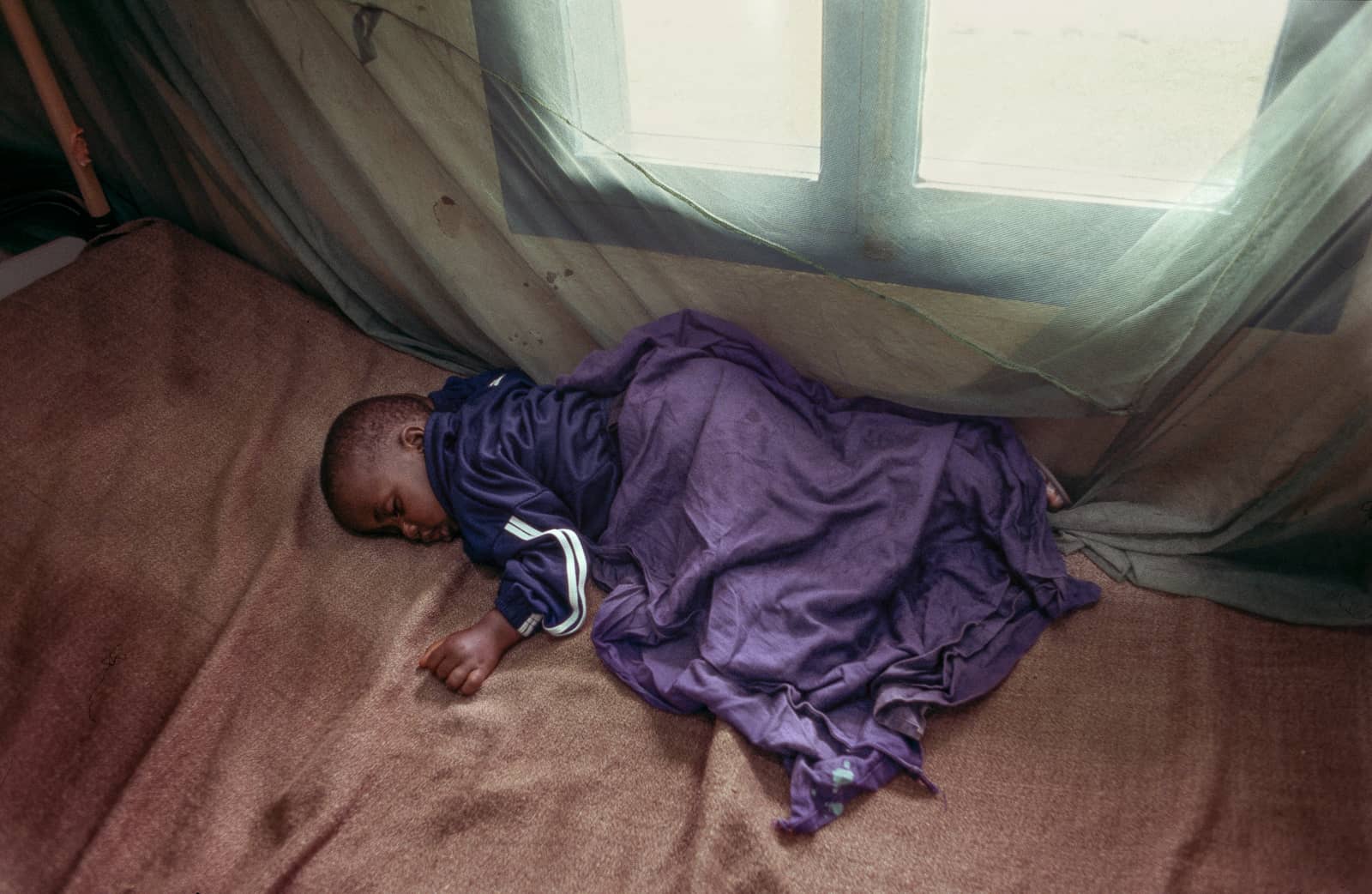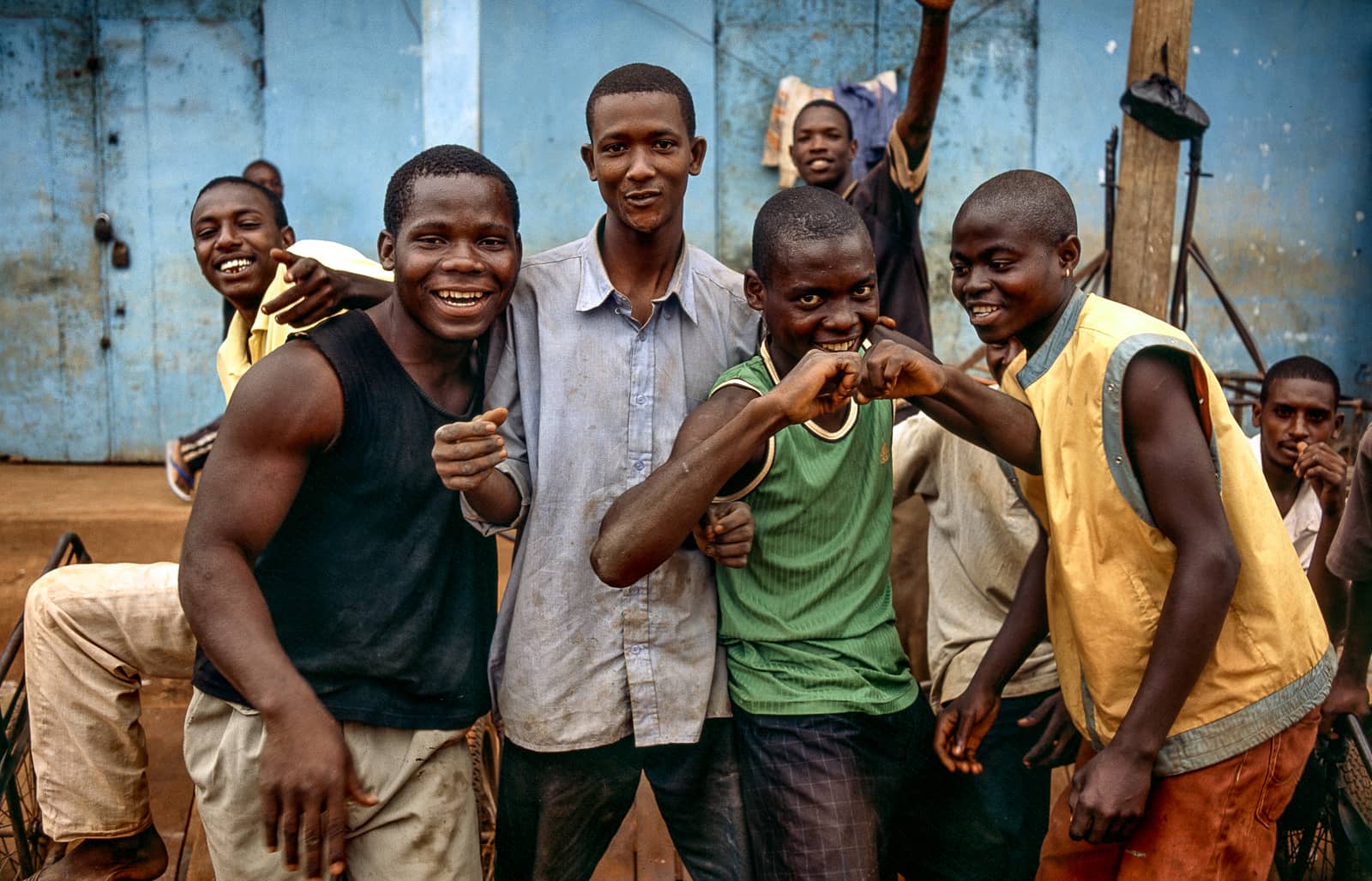Cameroon
Reportage about the health situation in Cameroon, made in collaboration with the University of Rome, Tor Vergata. Exhibit at the Istituto Italiano per l′Africa e l′Oriente (IsIAO), Rome 29.5
6.6.2007
In the inpatients’ rooms as in the waiting rooms, there is a mixture of grief and dignity in the experience of illness. Sometimes grief resembles anger, as if being deprived of life, in the exuberance of the equatorial environment, represents an injustice rather than a misfortune. Sometimes, however, it is resignation that invades the souls…
The strength and vitality of the people outside the hospitals mingle with the incredible and beautiful forms that nature and man have characterized over the years, and it is this cheerfulness that strikes the observer–when African men, women, and children manage to take their minds off their problems and express their vitality to the fullest.
The Archivio Della Memoria Association, in collaboration with the Istituto Superiore di Sanità and the University of Rome Tor Vergata, has been conducting territorial research since 2006 on the behavioral and social dynamics of Cameroon in relation to the spread of HIV-AIDS. The project entitled “AIDS, beyond the disease” aims to structure sectoral and territorial communication campaigns to support local populations and provide them with the right tools and knowledge to avoid infection. “AIDS, Beyond the Disease,” is part of the broad context of Italian cooperation in Cameroon funded by the Ministry of Foreign Affairs, the Ministry of Health, the Istituto Superiore di Sanita, and the University of Tor Vergata.
Paolo Scoppola was part of the team that visited about 50 public and private health centers distributed throughout Cameroon in August 2006, making a photographic report on life in the hospitals and collecting images of daily life during their travels.
Sub-Saharan Africa is the region most affected by the HIV/AIDS pandemic: it is home to 30 million HIV carriers (accounting for three-quarters of the world’s HIV-positive people) and as many as 90 percent of children infected with the virus (2 million children under 15). In this part of the world, AIDS has rapidly become the leading cause of death, surpassing such atavistic evils as malaria or tuber- colosis in the negative (Unicef data 2006).
Paolo Scoppola Interactive Art - Via Cremera 8, 00198 Roma - P.IVA 11058011005 - 339 1625089 - contact@paoloscoppola.com -
Privacy & Cookies Policy










